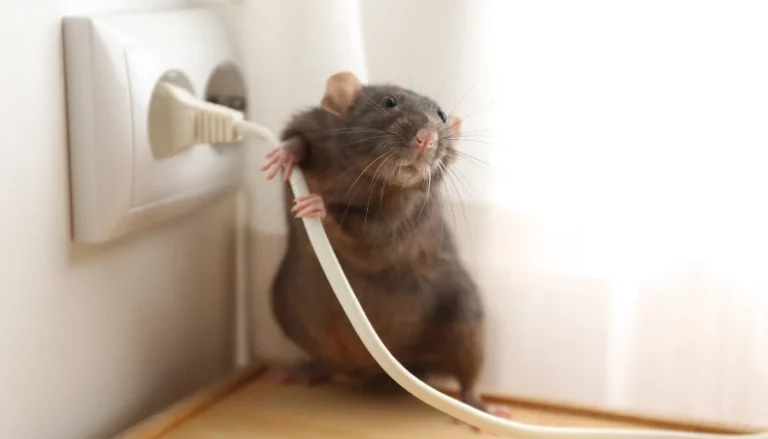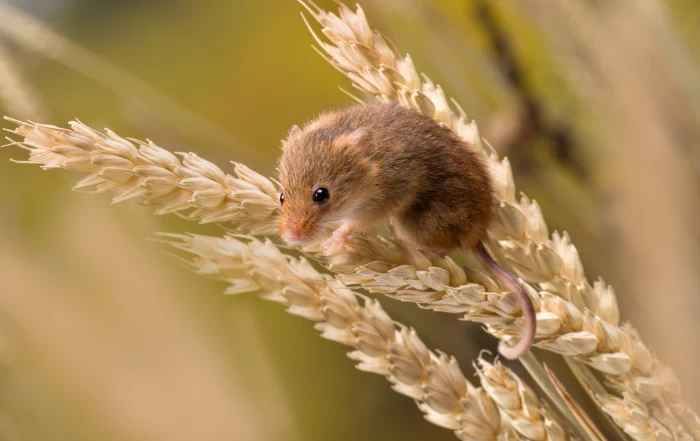In a breakthrough discovery, scientists at the University of Sydney have developed a non-toxic method that effectively prevents mice from decimating wheat crops, resulting in a significant reduction in seed loss.
This technique could revolutionize the management of crop damage caused by mice plagues.
In 2021, NSW Farmers estimated that the mice plague at the time could cause $1 billion worth of damage to Australian crops.
The Department of Agriculture expects the value of Australian wheat to reach a record high of $10 billion (USD) this financial year.
The research, published in Nature Sustainability, was led by PhD student Finn Parker, along with co-authors Professor Peter Banks, Dr Catherine Price, and Jenna Bytheway from the Sydney Institute of Agriculture and School of Life and Environmental Sciences.
Through their study, the team discovered that by spraying a wheat crop with diluted wheat germ oil during and after sowing, mice successfully pilfered 63% fewer wheat seeds compared to untreated controls.
Moreover, if the wheat plot was also sprayed with the same solution before planting, seed loss was further reduced by an impressive 74%. This was attributed to the fact that the mice had learned to disregard the scent of unrewarding wheat by the time the crop was planted.
“We found we could reduce mice damage even during plague conditions simply by making it hard for mice to find their food, by camouflaging the seed odor. Because they’re hungry, they can’t spend all their time searching for food that’s hard to find,” explained Professor Banks.
The misinformation tactic employed by the researchers could be applicable to other crop systems and animals that rely on smell to locate food.
By manipulating the scent and undermining the animals’ ability to search, their foraging efforts can be impeded.
Mr. Parker highlighted the potential of the camouflage treatment for wheat growers, especially considering the crop’s brief vulnerability. He noted, “The camouflage appeared to last until after the seeds germinated, which is the period of vulnerability when wheat needs to be protected. Most mouse damage occurs from when seeds are sown up to germination, just under two weeks later. Mice can’t evolve resistance to the method either because it uses the same odor that mice rely on to find wheat seeds.”
The research, conducted in May 2021 on a farm near Pleasant Hills, New South Wales, involved testing five treatments across 60 plots.
Two of the treatments involved the wheat germ oil solution, while the other three were control treatments.
The control plots, covered in canola oil, trampled, or left untreated, experienced significantly more damage compared to the treated plots.
Wheat germ oil, a relatively inexpensive by-product of the milling process, served as the key ingredient in the solution.
The authors emphasized that their approach, which consists of diluted wheat germ oil in water, provides a sustainable and non-lethal alternative to pesticides and baits.
Dr. Price stated, “If people want to control mice but can’t get numbers down low enough, our technique can be a potent alternative to pesticides or add value to existing methods.”
The findings of this research offer crucial support to wheat farmers during a critical period, as mouse populations continue to rise, and wheat is sown in mid-autumn.
Moving forward, the researchers aim to determine the optimal concentration of the solution to effectively repel mice and establish the required frequency of spraying to maintain its efficacy.
This natural repellent has yet to be tested in the United States, where the annual value of wheat production is nearly $15 billion.






















